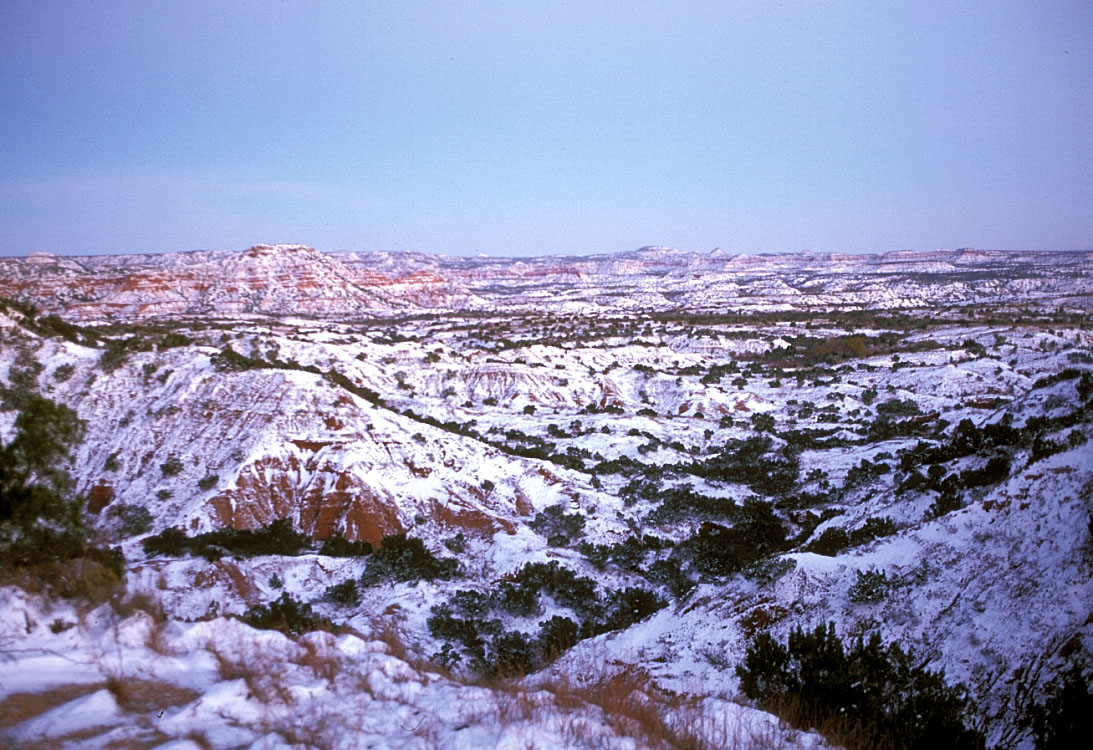Outdoor Safety: Treating Hypothermia
This is Passport to Texas
Cold temperatures and strong winds increase the risk of hypothermia when outdoors this winter. It’s a potentially serious condition whereby the body’s core temperature drops below normal.
Dorian Drigalla (Dre-gal-a) is an assistant professor of emergency medicine at Scott and White Memorial Hospital with tips on combating this condition.
51—The first thing to try to do is to get the patient to the warmest possible environment, whether that be getting them out of the wind or out of the water. So the first two things to be concerned about on a hike or in the wilderness are basically to remove everything possible wet, get the patient dry and try and get them into a warmer environment. Even if that just means out of the wind behind shelter even of a hillside. Then you want to try additional measures, whether that’s using insulating materials like a sleeping bag or dry clothing to warm the patient and also ingestion of warm liquids can help. If the person is cold and they’re already in water, the water between them and their clothing is actually insulating. The heat is conducted out of the body and into the water but it’s maintained between them and their clothing. And it’s only if those clothes can come off and all the water can be removed that that’s actually helpful.
That’s our show…Funding provided in part by Ram Trucks. Guts. Glory. Ram.
For Texas Parks and Wildlife…I’m Cecilia Nasti.



 Passport to Texas is a
Passport to Texas is a  Passport to Texas is made available by:
Passport to Texas is made available by: